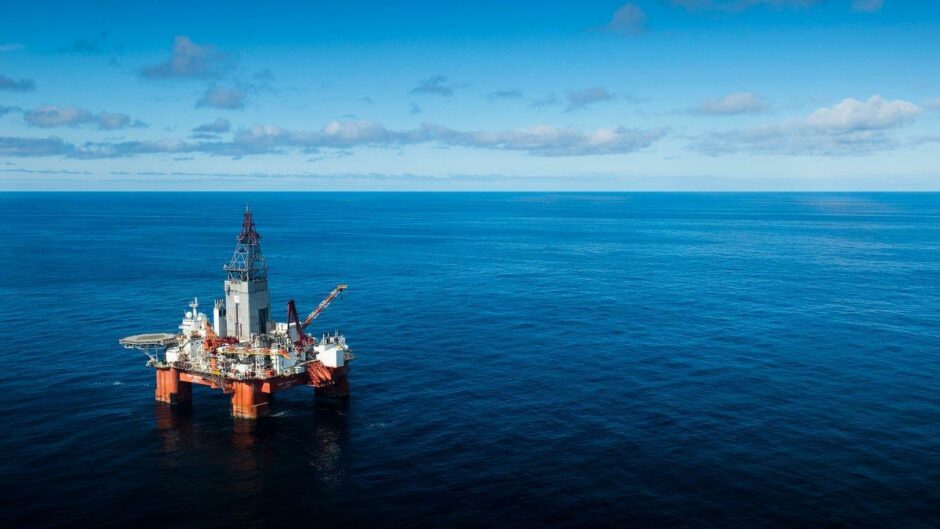
Westwood Global Energy reports that there was one exploration well active as of 16 December. A total of six appraisal wells and 28 exploration wells have completed to date in 2021, from which ten commercial discoveries have been made giving a 36% commercial success rate to date.
North Sea
Equinor spudded the 35/10-7 S Toppand exploration well on 2 November with the West Hercules semi sub. The well is targeting oil in the Middle Jurassic Etive and Oseberg Formations in the Brent Group and the Lower Jurassic Cook Formation in the Dunlin Group, in a faulted structural trap. The well was sidetracked on 12 December as 35/10-7 A, indicating that the initial well made a discovery, however no results have been announced. The well is located c. 11 km to the west of the Fram Field which would be the most likely tie back solution if successful. The well had a c. 30-day dry hole duration, with 59 days predicted if a discovery is made and a sidetrack is drilled.
Norwegian Sea
PGNiG completed the 6306/3-1 S Fat Canyon high impact exploration well on the 11 December with the Borgland Dolphin Semi-sub rig. PGNiG announced a deal on 25 March 2021 to acquire all of INEOS’s 21 licences in Norwegian for US$323 million and this was given NPD approval on 24 September with the deal completing on 30 September, the day the well spudded. The well was targeting Lower Cretaceous and Upper Jurassic sandstones of the Lyr and Rogn Formations in an incised valley or canyon fill. The well encountered c. 5m (16ft) of poor quality, extremely fine-grained sandstone, silt and calcite-cemented clay in the Lower Cretaceous Lyr Formation and 27m (89ft) of poor to moderate quality calcite cemented sandstone in the Upper Jurassic Rogn Formation. No hydrocarbons or traces were encountered and the well has been P&A as a dry hole.
Barents Sea
There is no current E&A drilling in the Barents Sea. The next exploration well in the region is expected to be on Equinor’s 7220/8-2 S Snøfonn Nord prospect in Q1 2022.
Recommended for you
